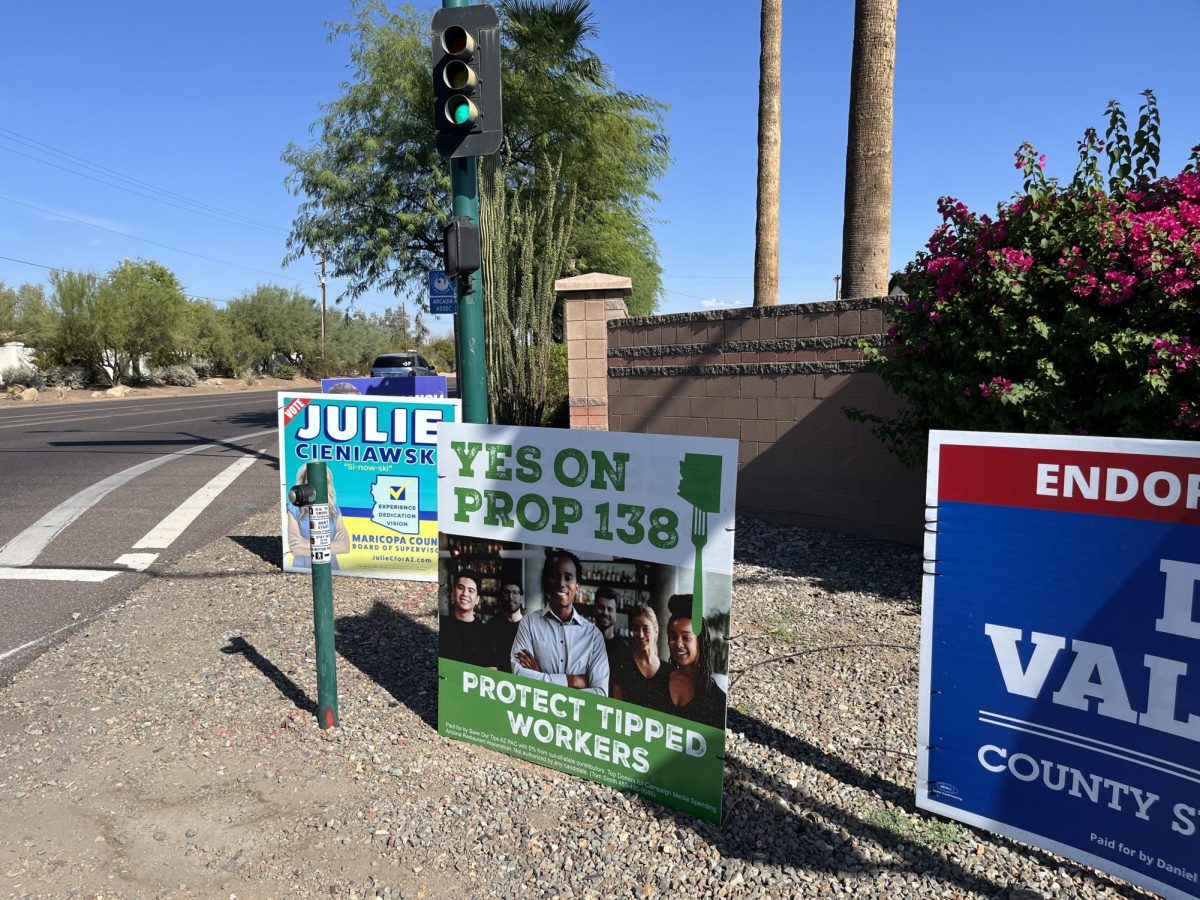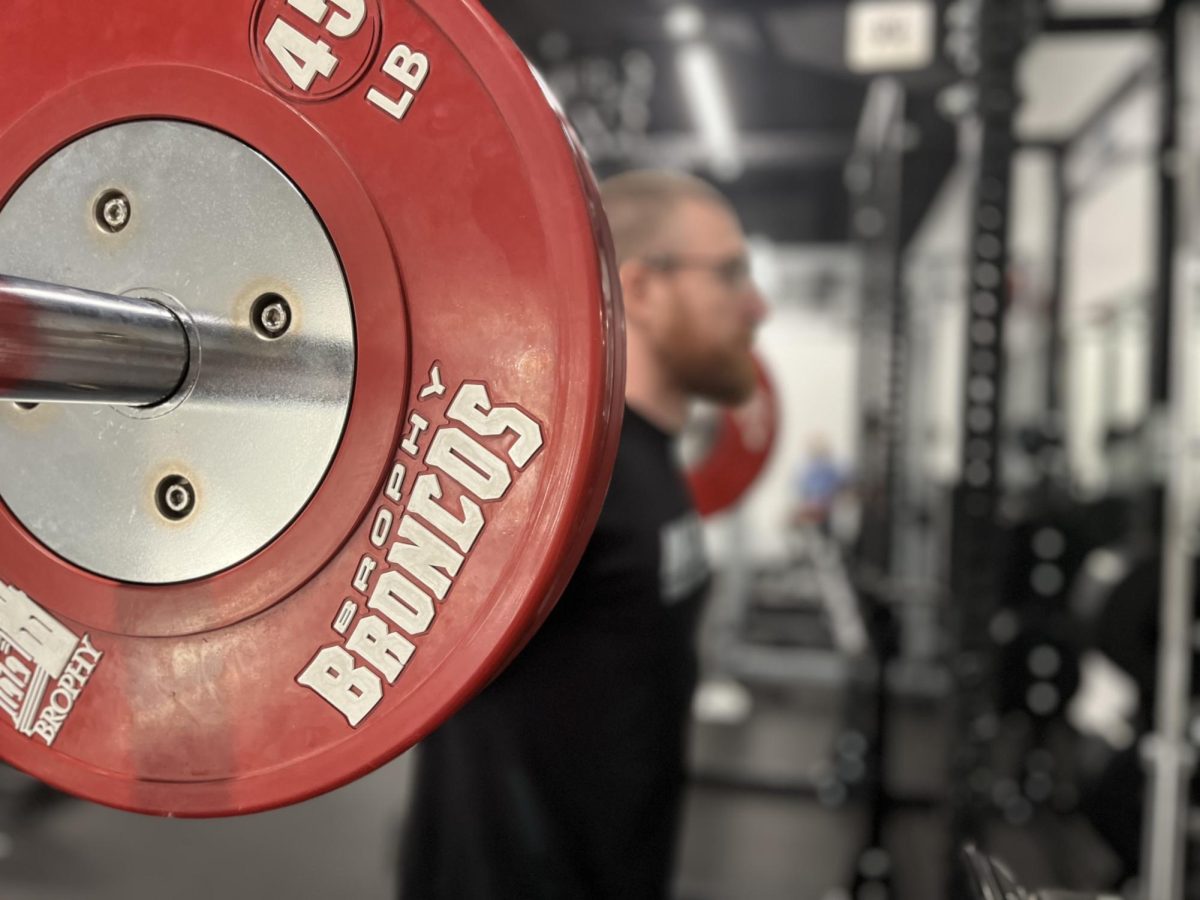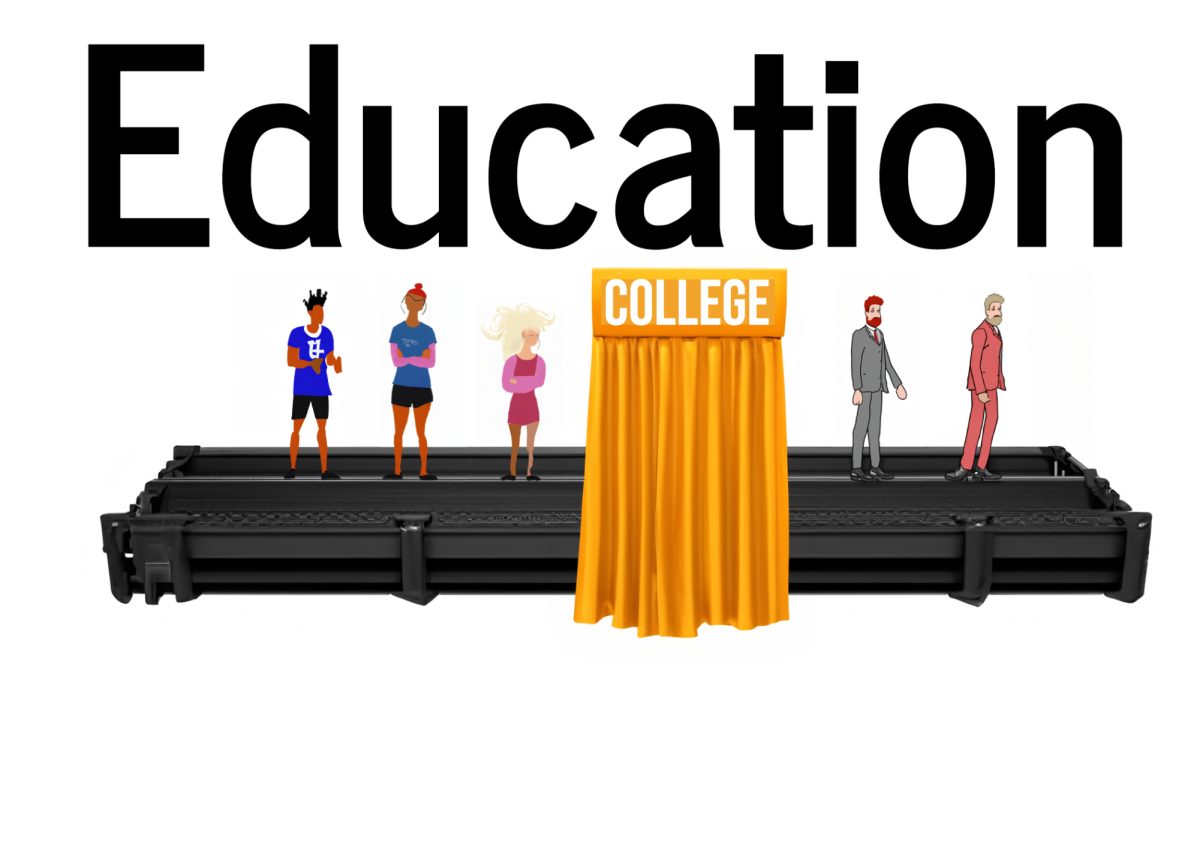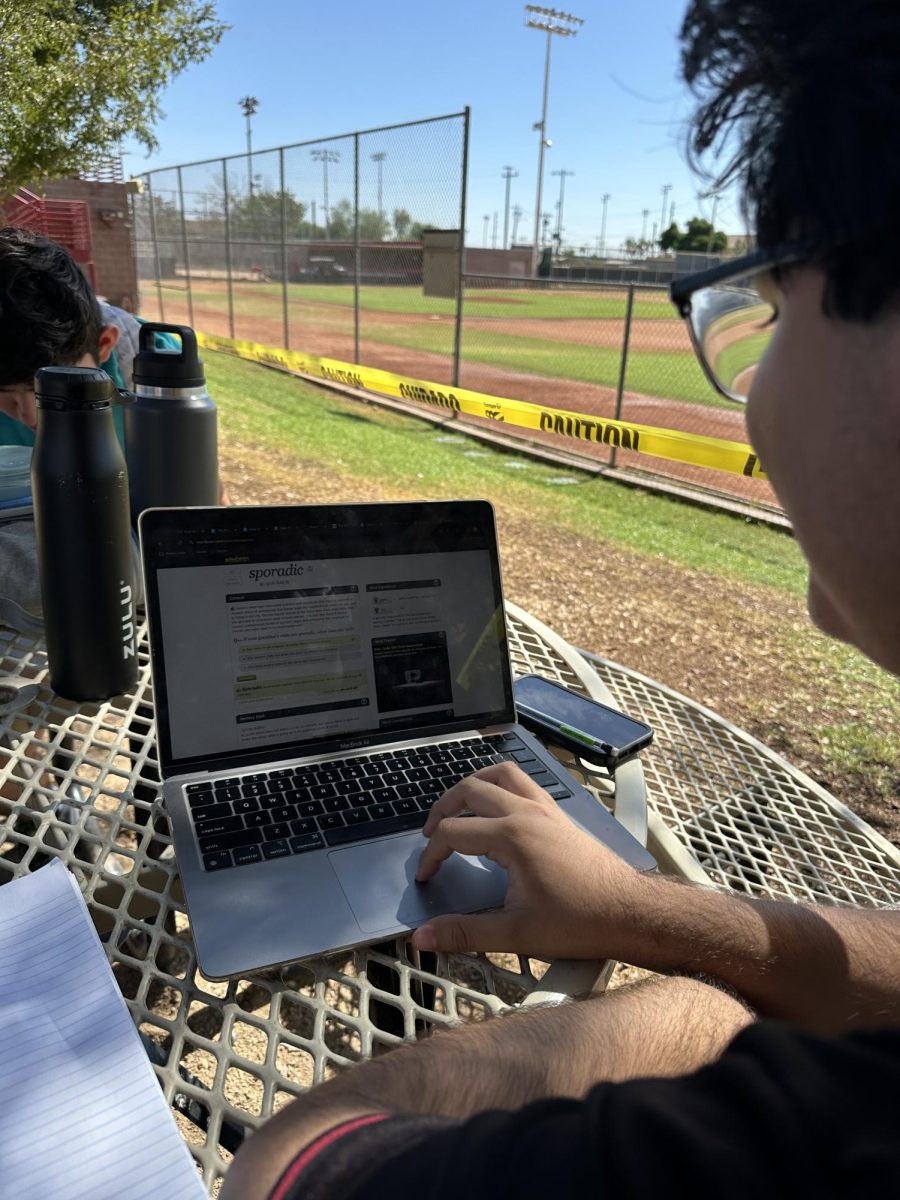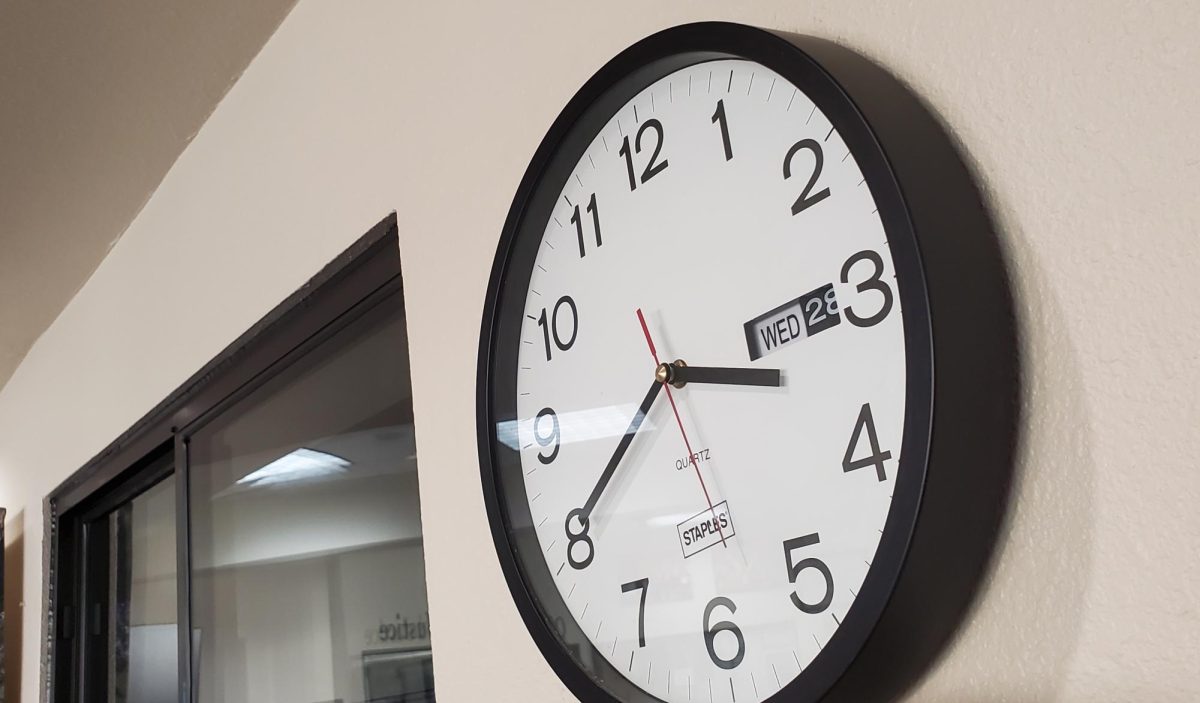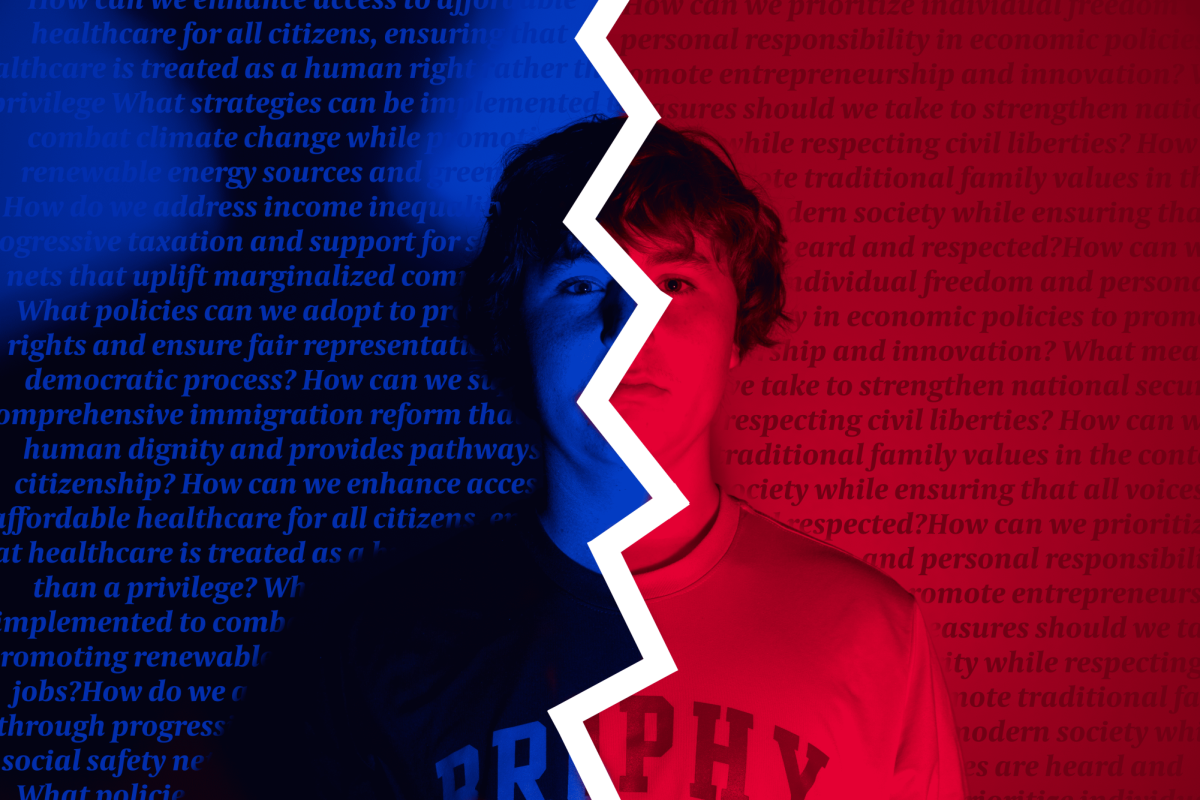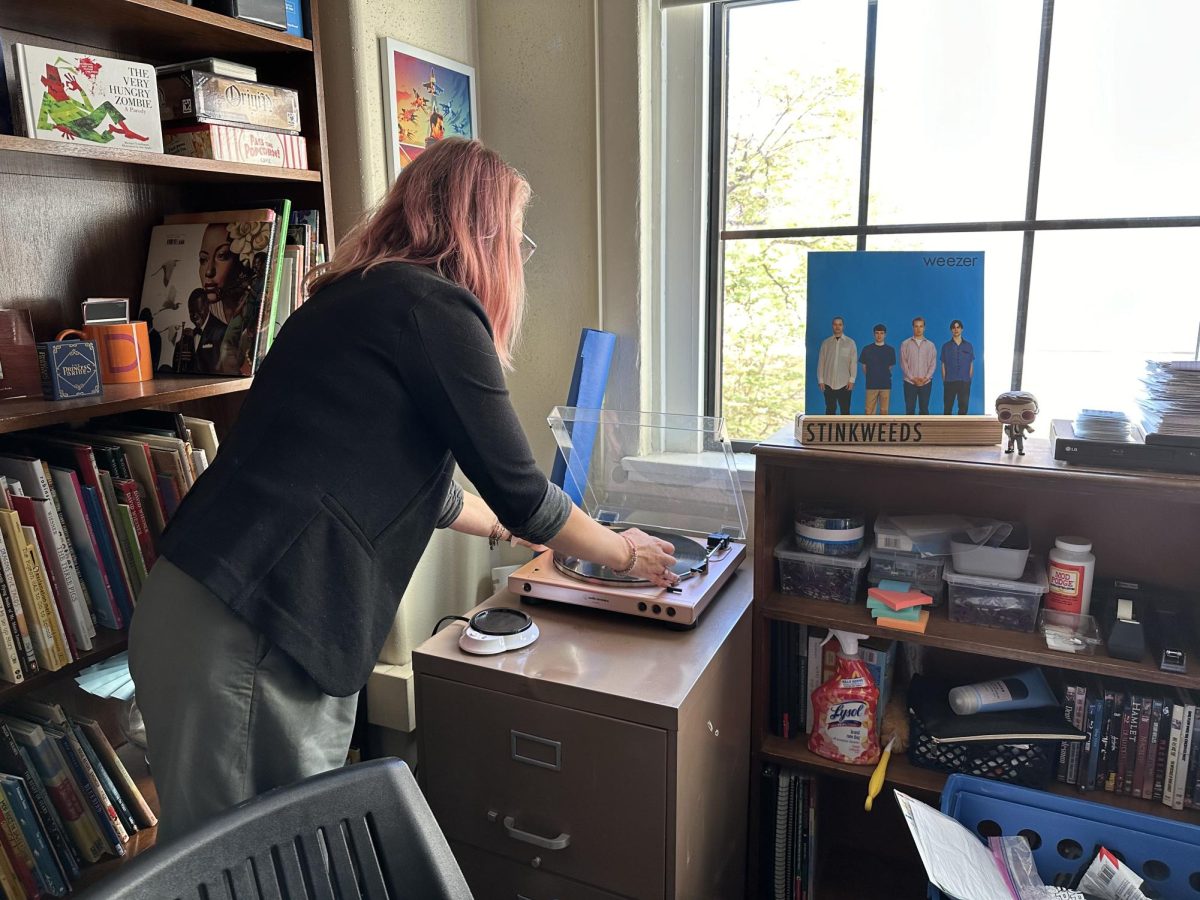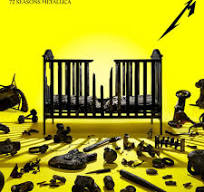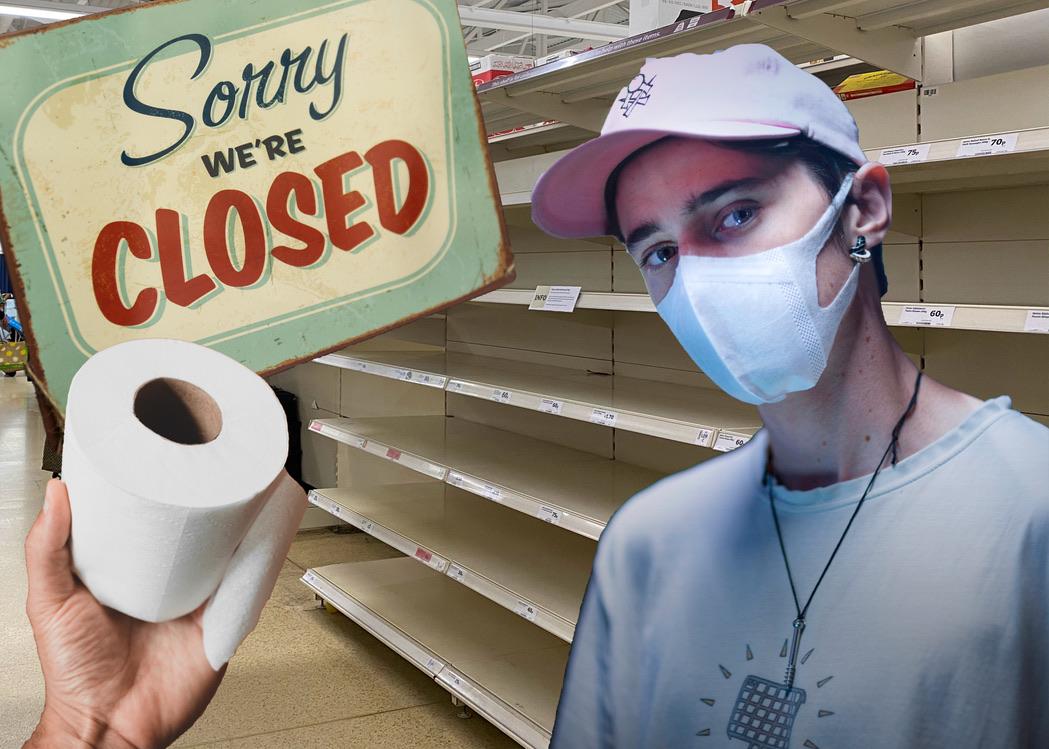By Garret Van Wie ’22
People have taken to swarming the few open stores left for toilet paper, many wearing a mask of some sort.
THE ROUNDUP
People react to infectious diseases in two different ways. In an interview with the New York Times, two epidemiologist revealed how people react to an epidemic.“They either become completely and utterly infection conscious or they are the type of person who drops the toast and picks it up and wipes it off and eats it,” said Dr. Hanage, who works with Dr. Jenkins.
The two doctors, who are married, use a tree graph to explain to their children how one person cutting the link in the transmission chain, prevents an exponential number of infections and subsequent deaths. Dr. Hanage says, “Every time each of us stops — or even just delays — an infection is a small victory.”
In the period of about 2 weeks, cases have risen from 76 on March 1 to 2,179 on March 13 in the US alone and doctors have all strongly advised that people practice what is now commonly known as social distancing. But why is social distancing so important?
The Washington Post ran simulations that can be accessed here. One simulation has no preventative measures used.
In the second scenario a wall is put up, separating about ¼ of dots as the infection starts. This is the same technique that China used in certain cities by putting infected areas in lockdown.
The curve has successfully been flattened in the second scenario because of preventative measures. This is exactly why social distancing is so important. The same amount of people are infected but because it is more spread out, there aren’t as many people needing treatment at the same time.
The article also includes two different simulations where the dots stand still mimicking different levels of social distancing.
It should be noted that the one flaw with these simulations is that none of these dots “die” but in reality, people are dying from the Coronavirus, making the way in which we conduct ourselves incredibly important. While we, as young students, are likely to survive the coronavirus, the elderly, pregnant, and otherwise at risk individuals
A video from the BBC explains how social distancing is not about reducing transmission necessarily as it is somewhat considered unavoidable, but is actually about reducing the speed of transmission so that medical facilities can keep up with the deadly disease. Other sites, such as this dictionary of COVID-19 terms help explain the terms that are all over every news site.



